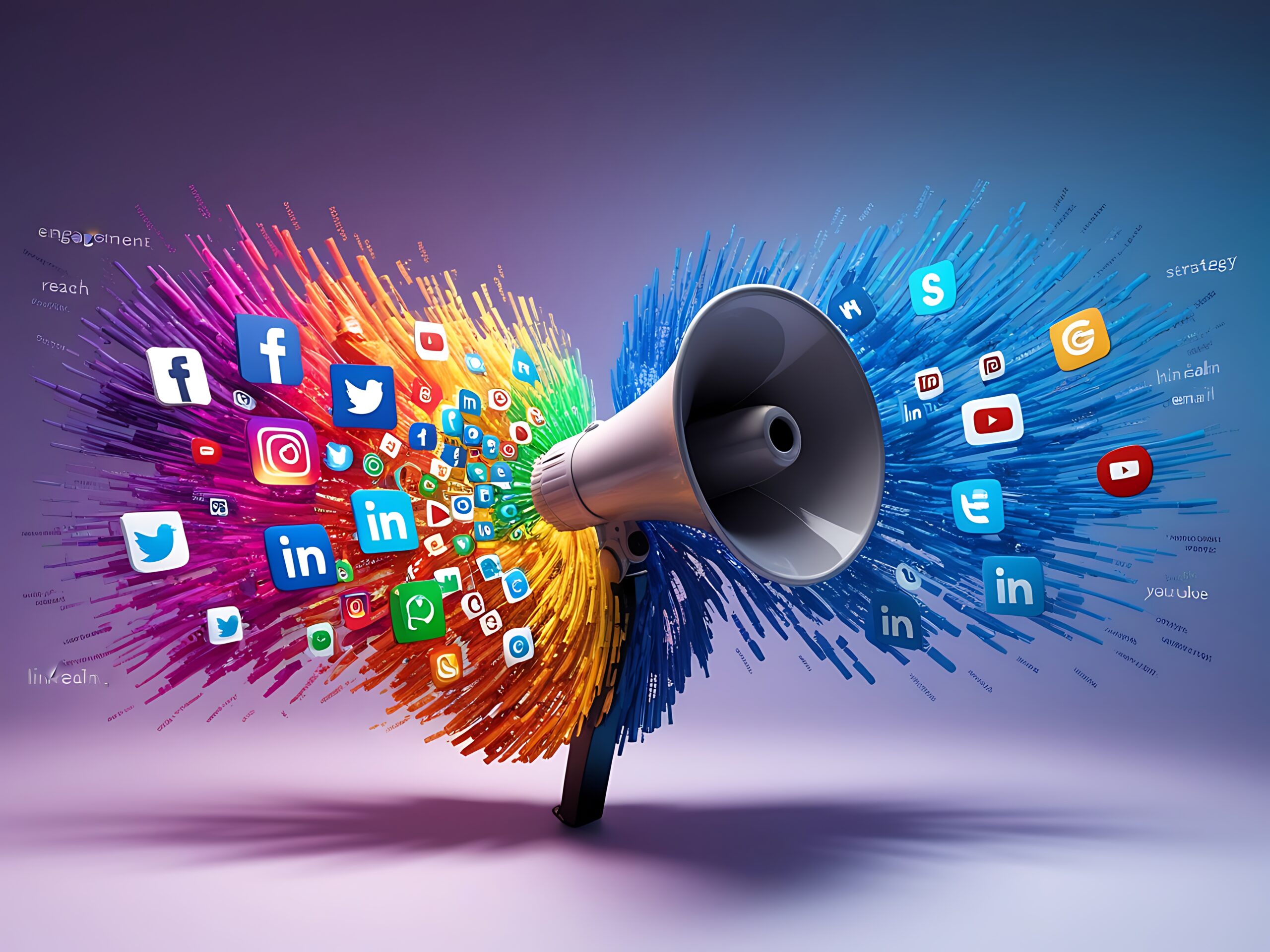Social media has become an inseparable part of daily life for billions across the globe. From casual conversations to shaping global trends, its influence continues to expand. Over the past decade, platforms like Instagram, LinkedIn, and X (formerly Twitter) have evolved into powerful tools for communication, creativity, business, and learning.
In 2025, we see social media reaching new heights with smart algorithms, tighter content regulation, and immersive experiences that blur the line between virtual and real. But with great power comes the need to understand both its benefits and pitfalls.
This blog explores the dual nature of social media—its widespread uses, deep industry impact, and the top pros and cons shaping our digital lives today.
Uses of Social Media for Business, Branding and Personal Branding
Social media has become a critical engine for brand growth, business visibility, and personal branding in 2025.
Business Promotion
Companies now use reels, short videos, and interactive content to reach wider audiences with minimal investment.
Brand Building
Brands create emotional connections with users through storytelling, live streams, and influencer collaborations.
Personal Branding
Professionals showcase their skills, achievements, and thoughts, building trust and credibility within their industries.
Massive Impact Across Sectors
From startups to global enterprises, social media presence defines brand perception, customer interaction, and market relevance.
Impact of Social Media Across Industries
The reach of social media goes far beyond selfies and memes—it’s shaping the way industries operate.
Media & Entertainment
Social media is now the first source of entertainment for many, with creators producing viral content faster than traditional outlets.
Retail
Shoppable posts and real-time customer reviews make social media a dynamic retail space where users discover and purchase products instantly.
Tourism
Travel influencers and local guides use social media to promote destinations, giving real-time glimpses into new cultures and hidden gems.
Education
Educators and institutions use platforms to deliver micro-learning, virtual classes, and academic networking opportunities.
Policymaking
Governments and organizations use social channels to gather feedback, promote initiatives, and counter misinformation effectively.
Pros and Cons of Social Media
Social media is a double-edged sword. While it opens doors to innovation, expression, and opportunities, it also presents serious challenges around well-being, privacy, and truth.
Top Advantages and Disadvantages of Social Media
Top 10 Advantages of Social Media
1. Staying Connected
People stay in touch with loved ones regardless of distance, thanks to instant messaging and video calls.
2. Access to News and Current Events
Breaking news reaches users in real time, making it easier to stay informed on global and local events.
3. Platform for Personal Branding
Professionals can build an online presence that reflects their values, skills, and industry contributions.
4. Business and Marketing Opportunity
Startups and small businesses leverage affordable advertising to reach target audiences and grow sustainably.
5. Convenience and Ease of Access
Mobile-friendly platforms ensure that users can engage anytime, anywhere.
6. Fosters Innovation and Learning
Social platforms host discussions, tutorials, and expert advice that nurture curiosity and knowledge sharing.
7. Provides Entertainment
Short videos, music challenges, and meme culture keep users entertained throughout the day.
8. Platform for Societal Change
Awareness campaigns and activist movements gain traction quickly, encouraging participation in social causes.
9. Promotes Skill Development
Users pick up new skills—ranging from public speaking to digital art—through content and community support.
10. Supplement to Education
Educators and learners use social media to share notes, tips, and collaborative projects outside the classroom.
Top 10 Disadvantages of Social Media
1. Distraction and Loss of Productivity
Excessive usage leads to procrastination, especially among students and professionals.
2. Spread of Misinformation
False news spreads quickly, misleading users and affecting public opinion.
3. Compromised Privacy and Data Vulnerabilities
User data is often shared or breached, raising serious concerns about digital safety.
4. Promotes Superficial Connections
Online interactions sometimes lack emotional depth, impacting real-life social skills.
5. Social Media Addiction
Dopamine-driven design keeps users glued to screens, often leading to unhealthy screen habits.
6. Enables Bullying and Harassment
Trolls and anonymous users misuse platforms to target individuals, affecting mental health.
7. Promotes Social Isolation
Ironically, constant virtual interaction can reduce face-to-face communication and deepen loneliness.
8. Causes Depression and Anxiety
Comparison culture, likes, and comments can lead to stress, self-doubt, and mental health struggles.
9. Promotes Obsessive Self-Presentation
Users feel pressured to portray ideal lives, which may not reflect reality.
10. Helps Spread Scams and Frauds
Fake giveaways, phishing links, and misleading ads are still common traps in the online space.
Expert Social Media Management and Digital Marketing Strategies
In 2025, social media continues to transform how we communicate, learn, and grow. While its benefits are undeniable, the drawbacks are equally significant. Mindful usage, critical thinking, and responsible sharing are essential to navigate this space safely and effectively.
Whether you’re an individual seeking visibility or a business aiming to grow, strategic and ethical use of social media can bring long-term value.

Leave a Reply